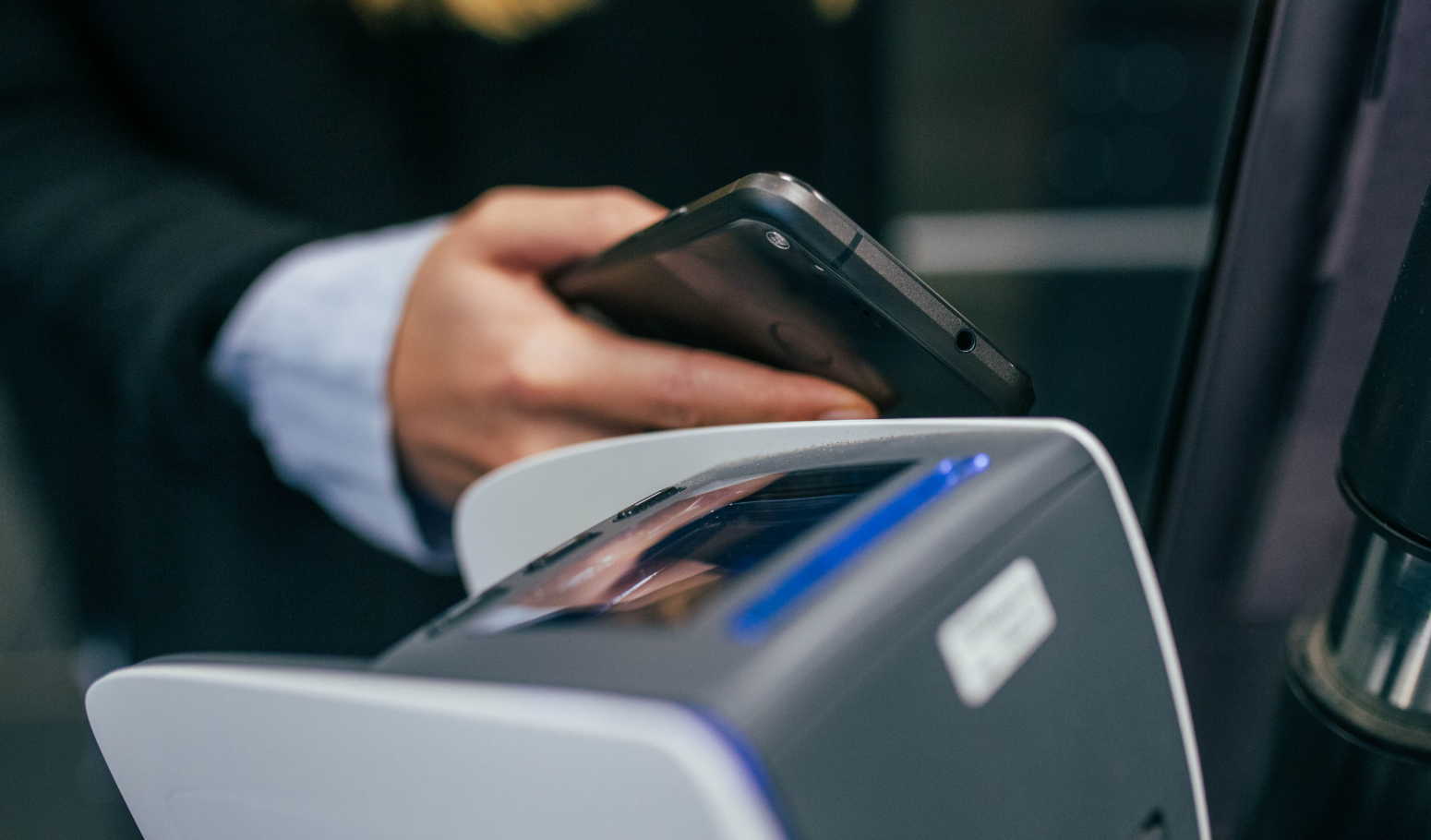There are many moving parts to a successful retail business. In this blog, I’ll focus on the payment acceptance part, especially terminals and how to get the best out of them.
Mobile point of sale
mPOS is a mobile phone or tablet that acts as an electronic till (or point of sale) system alongside a card payment device. It’s great for queue-busting at busy times — lunchtimes, evenings and weekends during peak season.Because mPOS is portable, staff can serve customers wherever they are in store. This helps convert browsers into buyers, which boosts revenue. It also improves the customer experience with speedier service and fewer lost sales.
With mPOS, stores have the flexibility to deploy staff more efficiently as and when they are needed with no sacrifice of retail space. Similarly, with no wires or cables, mPOS uses floorspace efficiently. That’s a boon at this time of year, when you want to devote space to displaying merchandise not processing payments.
If you’re operating pop-up stores, concessions or trading outside your main store environment at this time of year, mPOS will also help you get up and running with card acceptance quickly.
Integration with ANYpay
At PXP, we believe that mPOS complements an in-store POS. So, we’ve made our mPOS solution compatible with your existing integration to ANYpay POS. Just ensure that your mPOS application can send a request to an instance of ANYpay POS running in server mode.
If you’re running the latest version of ANYpay POS, mPOS in-store can be rolled out in a single API integration. This is deployed remotely for maximum speed and convenience. All the configuration is done on the back-end.
Additional fixed point of sale
You may have seven registers in-store, only five of which are ever used for the majority of the year. Powering up additional fixed registers is a great way to cut queues and serve customers faster.
We can see from the monitoring system on our end when a customer has added a new POS, and whether it’s using the most up-to-date software.
Integration with ANYpay
Provisioning new or dormant terminals is easier and more secure than it’s ever been. All configuration is performed on the PXP Gateway by our Customer Services team and settings ready to be downloaded automatically by the ANYpay POS application as and when the merchant requires. For example, a three-month planned rollout for one of our retail customers with over 800 stores, was reduced to within a fortnight.
It’s the same with the security elements. If you run our point-to-point encryption application on the PEDs, this can be deployed by remote key injection using our Terminal Management System.
I’d recommend that you plan for additional terminals in advance though, mostly to allow comfort testing and staff training.
For a consultation about your particular in-store terminal needs during peak periods, contact us!
PXP Financial
The End-to-end payment platform
PXP Financial provides a single unified payments platform to accept payments online, on mobile and at the point of sale. Powered by inhouse global acquiring, 200+ alternative payment methods & financial services, PXP processes over EUR 16 billion annually through our unified gateway.
Whatever your business needs today or tomorrow, PXP Financials’ innovative payment platform will support your business growth with all the payment services you will ever need from one source, wherever your business takes you.

